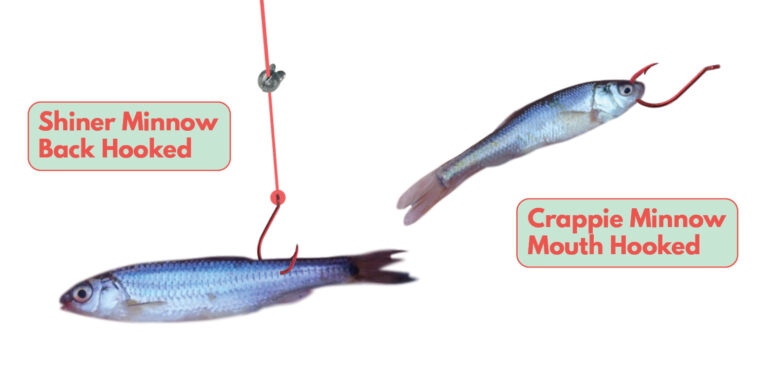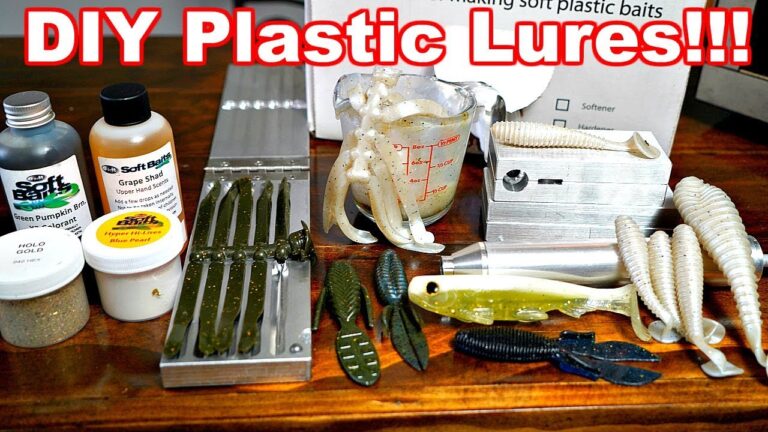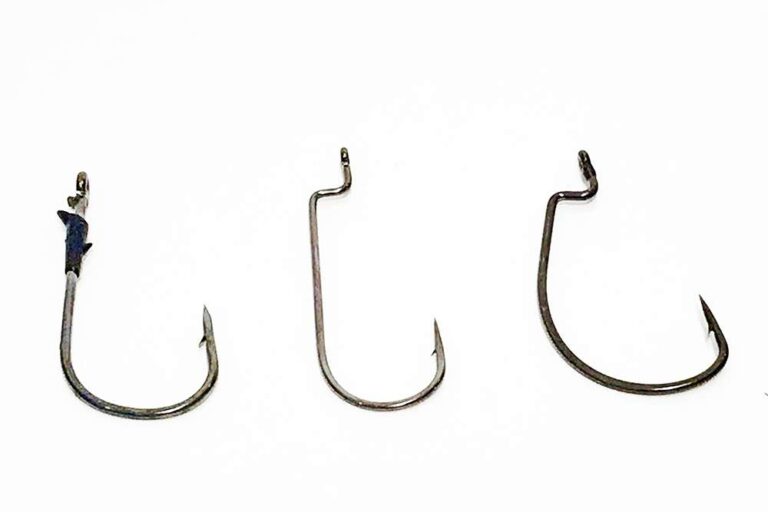What Size Weight for Texas Rig?
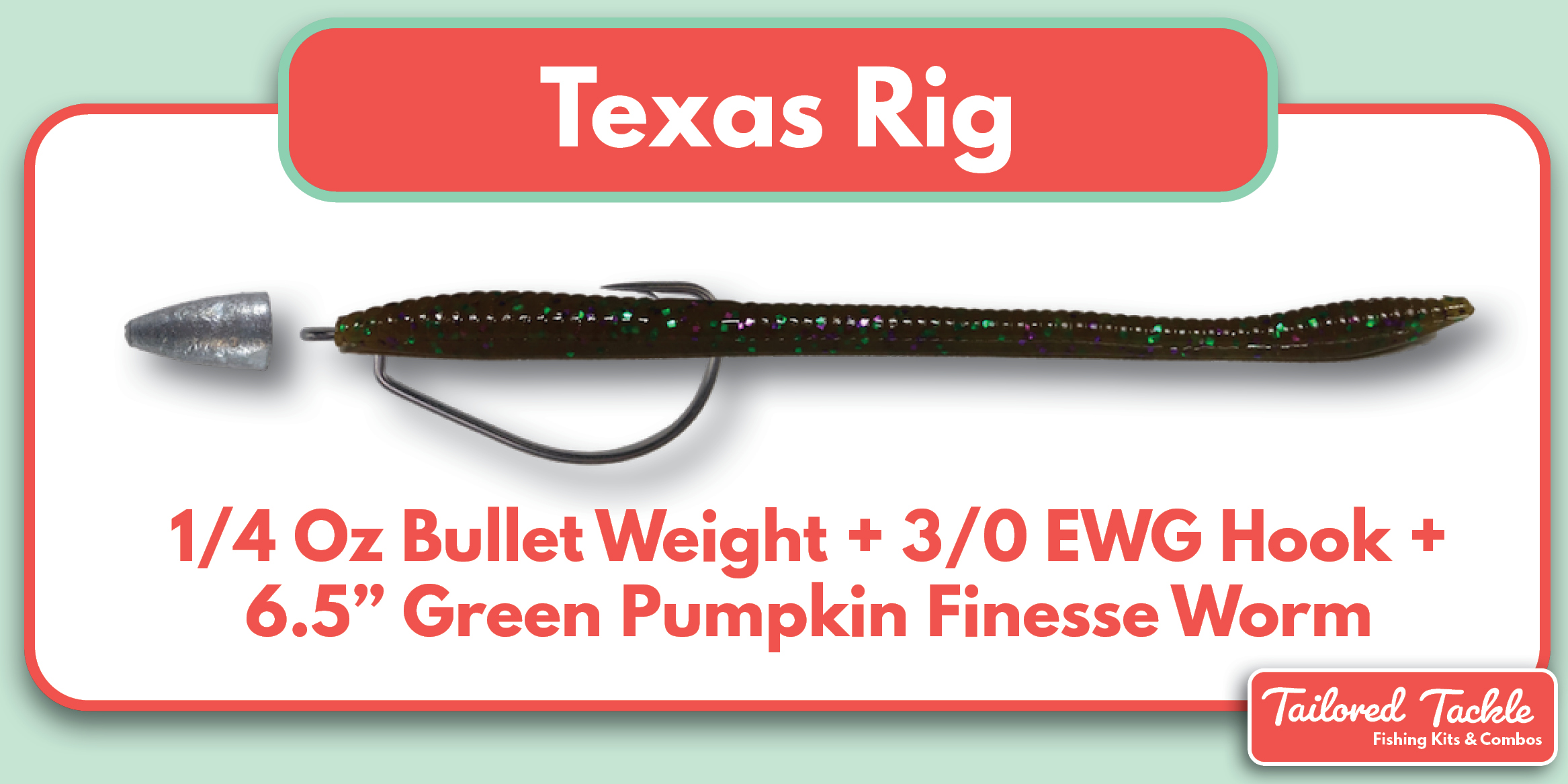
The recommended size weight for a Texas Rig is dependent on factors such as the depth of the fish and the rate of fall desired. Factors such as the weight of the line used, the type of cover, and personal preference also come into play.
It is important to consider these factors to choose the appropriate weight for a Texas Rig.
Choosing The Right Weight For Texas Rig
Choosing the right weight for Texas rig is crucial for successful bass fishing. Factors to consider when selecting the weight include the depth of the fish and the rate of fall. For shallow cover, lighter weights like 1/16 to 1/4 ounces are suitable. In contrast, deeper water requires heavier weights of 3/8 to 1/2 ounces to reach the desired depth. Moreover, muddy bottoms may benefit from heavier weights to penetrate the substrate, while rocky bottoms might call for lighter weights to prevent snagging. Lead or tungsten weights are common choices, each with its advantages. Keeping these factors in mind will help you determine the best weight options for your Texas rig, ensuring a successful bass fishing experience.
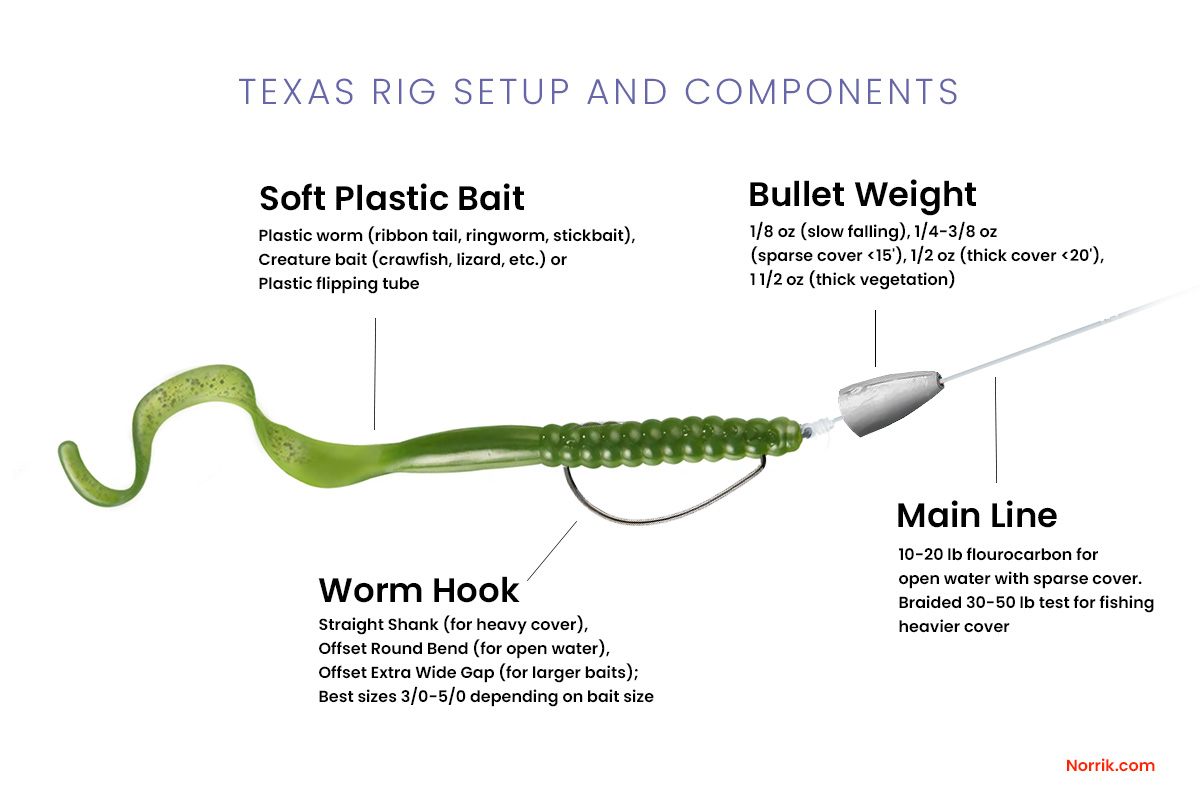
Credit: norrik.com
Understanding The Texas Rig
When it comes to the Texas Rig, understanding the basics is crucial. It is a popular rig used for bass fishing and offers versatility and effectiveness.
One key aspect to consider is the weight used in the Texas Rig. The weight plays an important role in determining the presentation and action of the bait. It helps the bait sink to the desired depth and keeps it in place. The weight also affects the rate of fall and the ability to fish in different types of cover.
Lead and tungsten are commonly used materials for Texas Rig weights, each with its own advantages. It is essential to choose the right weight size based on the bottom type and the fishing conditions.
Overall, selecting the appropriate weight for a Texas Rig is crucial for a successful fishing experience.
Tips And Techniques For Texas Rig Weight
When it comes to using a Texas rig for bass fishing, choosing the right weight is crucial. There are two main options to consider: a weightless Texas rig or a heavy weight Texas rig.
The weightless Texas rig is perfect for fishing in shallow cover. It allows the bait to float naturally, making it effective for enticing bites from bass hiding among vegetation or near the surface.
On the other hand, the heavy weight Texas rig is ideal for fishing in deeper water or in situations where you need to quickly get your bait down to the bottom. The added weight helps you cast farther and provides better control over your presentation.
When fishing with the Texas rig, it’s important to experiment with different weight sizes to find what works best for the specific bottom type you’re fishing and the depth at which the bass are located. Some anglers even prefer pegging their weight to prevent it from sliding up and down the line during casts and retrieves.
To summarize, the Texas rig weight you choose should depend on the depth, cover, and type of presentation you’re aiming for. Whether you opt for a weightless or heavy weight Texas rig, always keep in mind the specific conditions of your fishing spot to maximize your chances of success.
Exploring Different Weight Materials
Lead vs. Tungsten Weights: When choosing weights for your Texas rig, consider the advantages and disadvantages of lead and tungsten. Tungsten is denser and offers a smaller profile, while lead is more affordable and easier to find in various sizes. Ultimately, the choice depends on your fishing style and budget.
Choosing the Right Material for Your Needs: To determine the right weight for your Texas rig, consider the depth of the fish and the rate of fall you desire. Tungsten is ideal for deeper waters, while lead may be more suitable for shallower areas. Experiment with different weights to find what works best for your specific fishing conditions.
Common Questions And Answers
|
When it comes to choosing the right size weight for a Texas rig, there are a few things to consider. The weight you use will depend on factors such as the depth of the fish you are targeting and the type of cover you are fishing in. For shallow cover, a lighter weight in the range of 1/8 to 1/4 ounce is often preferred to prevent the bait from getting hung up. In deeper water or heavy cover, a heavier weight between 3/8 to 1/2 ounce is recommended to get the bait down to the desired depth. Another factor to consider is the rate of fall. If you want a slower fall, you can opt for a lighter weight. A faster fall can be achieved with a heavier weight. Additionally, the size of the hook you choose will also influence the weight selection. As a general rule, use a heavier weight for larger hooks and a lighter weight for smaller hooks. Overall, it is important to experiment and adjust the weight size based on the fishing conditions and the behavior of the fish. |
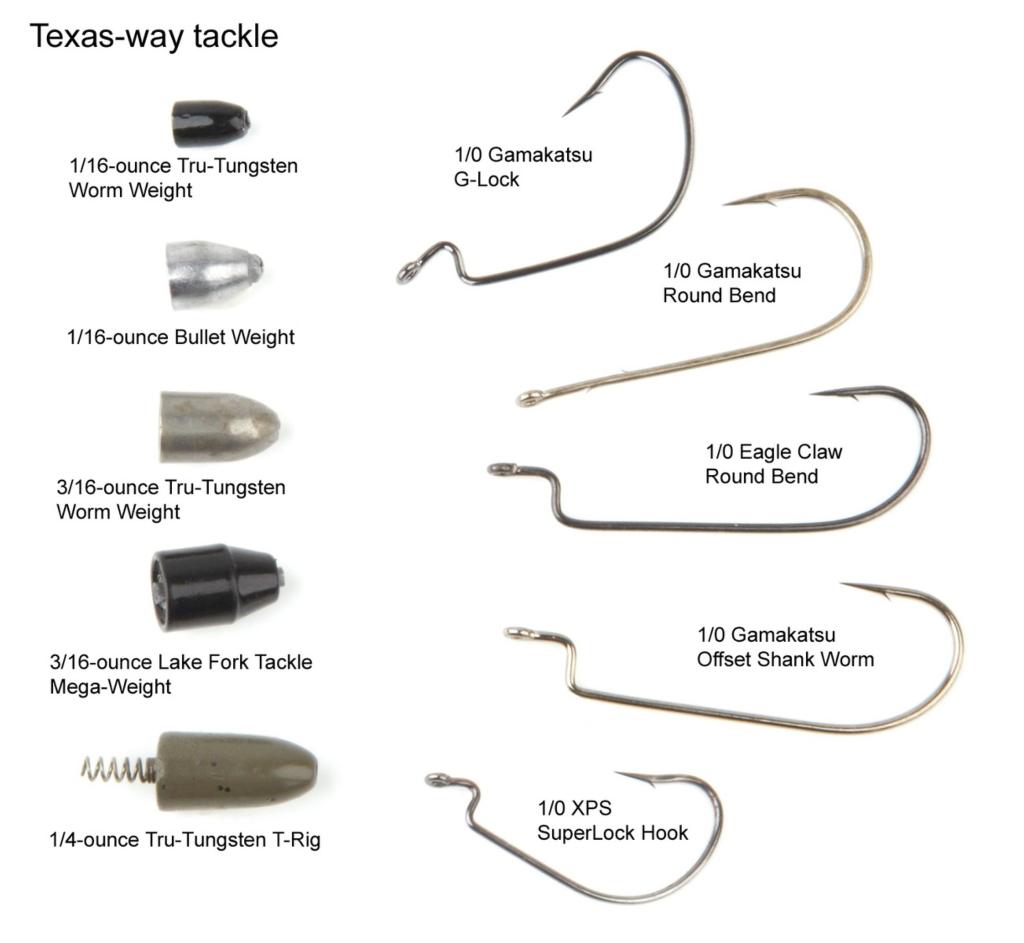
Credit: majorleaguefishing.com
Frequently Asked Questions
What Weights Do You Use For A Texas Rig?
For a Texas rig, the weight size can vary depending on factors such as the depth of the fish and the type of cover you’re fishing. It is best to experiment with different weight sizes to find what works best for you.
What Kind Of Sinker For Texas Rig?
The ideal sinker for a Texas rig is a bullet-shaped slip sinker. It provides optimal functionality and performance for bass fishing.
What Weight Line For Texas Rig?
The weight line for a Texas rig depends on various factors such as water depth, lure size, and fishing conditions. It is recommended to use a heavier weight line, typically around 20 to 30 pounds, to ensure good control and sensitivity while fishing with a Texas rig.
Choose the weight line that suits your specific fishing needs.
What Size Hook Is Best For Texas Rig?
The best size hook for a Texas rig varies depending on the size of the soft plastic bait being used. Generally, a 3/0 or 4/0 hook is a good choice for most bass fishing situations.
Conclusion
When deciding on the right weight size for your Texas rig, it’s crucial to consider the prevailing conditions and the type of bait used. Finding the correct balance can significantly enhance your fishing success. Take into account the rate of fall and the depth of fish to determine the ideal weight for your Texas rig setup.
With the right weight size, you can effectively target bass in various environments and improve your overall fishing experience.

